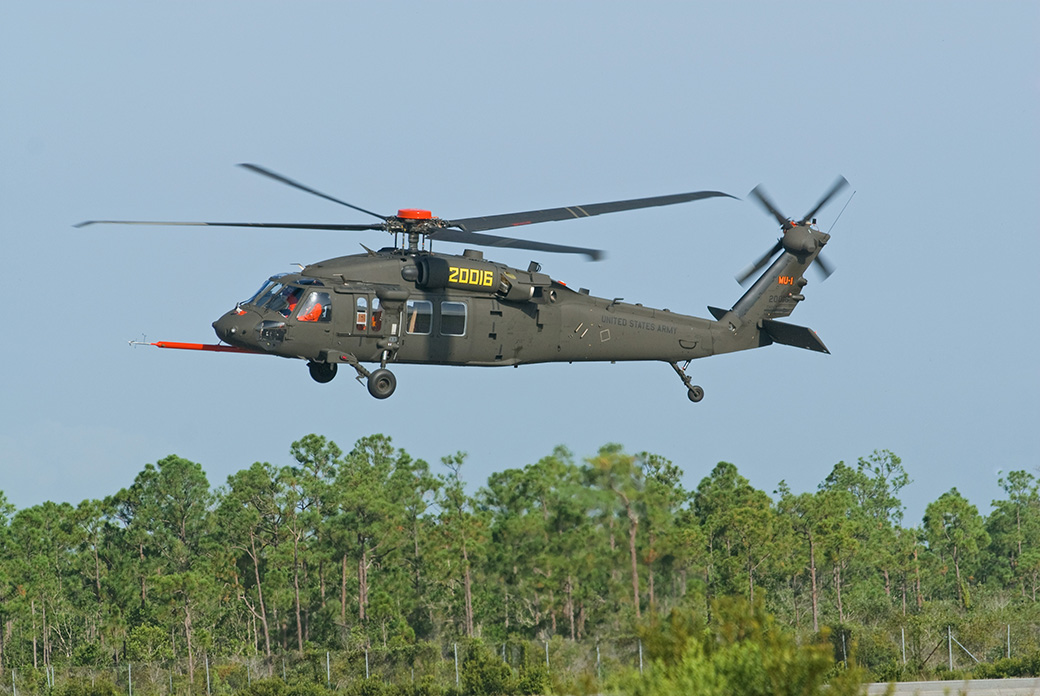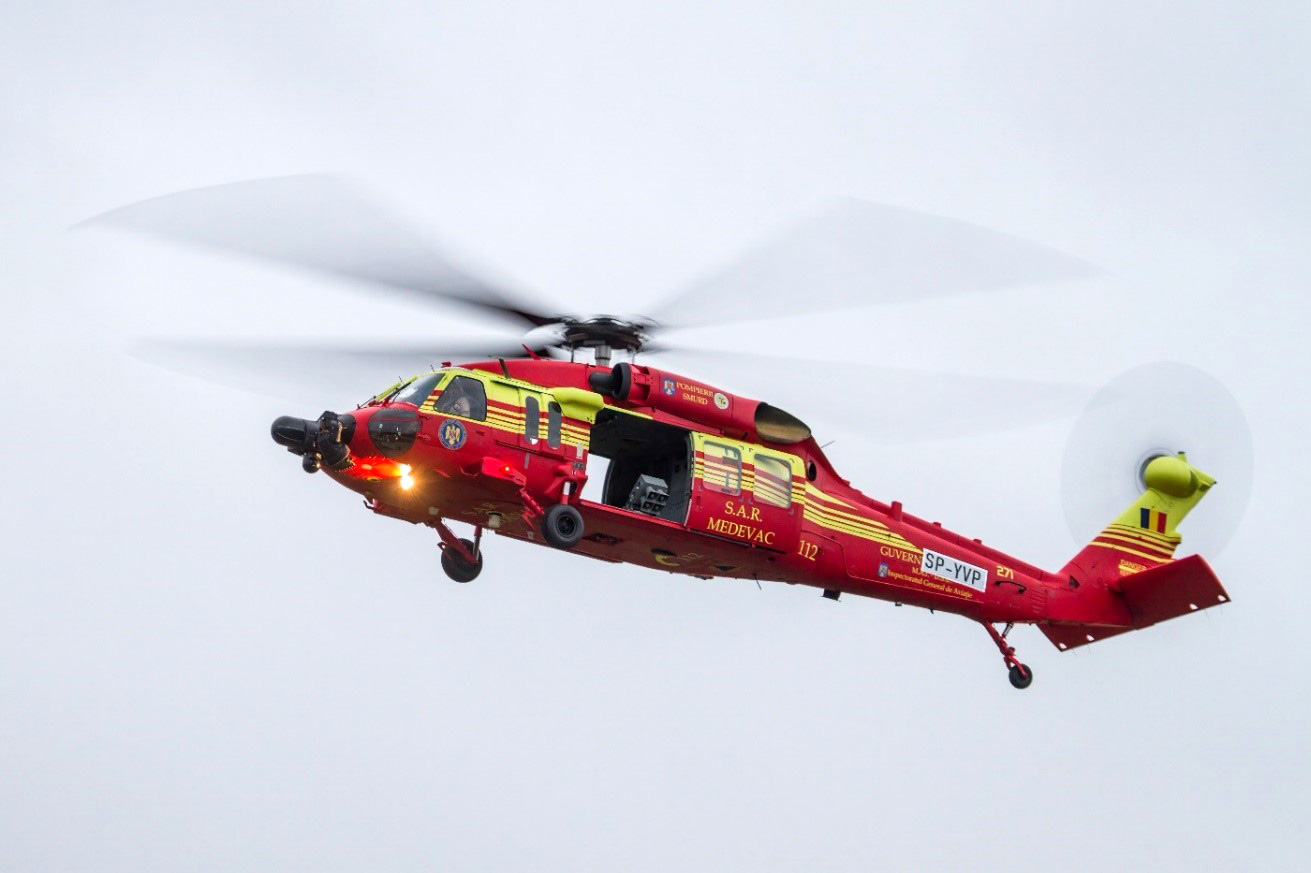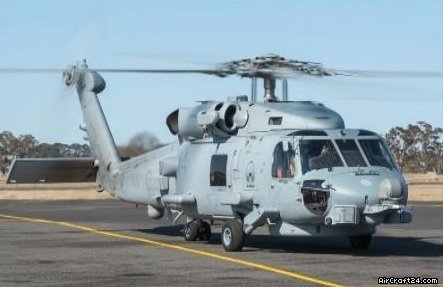Why the Sikorsky S 70 is the Preferred Selection for Modern Helicopter Missions
Why the Sikorsky S 70 is the Preferred Selection for Modern Helicopter Missions
Blog Article
High-Performance Multi-Role Rotorcraft Featuring Advanced Cockpit Technologies and Integrated Sensor Solutions
The world of rotorcraft technology has seen significant developments in current times, particularly in the world of high-performance multi-role rotorcraft geared up with sophisticated cabin modern technologies and perfectly incorporated sensing unit systems. These advancements have not just augmented the functional capacities of rotorcraft yet have actually also significantly affected modern-day aeronautics procedures on various fronts. From improved objective versatility to boosted operational effectiveness, the convergence of innovative cabin innovations and integrated sensor systems has actually introduced a new period of possibilities for rotorcraft applications. In the complying with discussion, we will check out the advancement of rotorcraft modern technology, dive into the world of innovative cockpit advancements, and examine the implications of integrated sensing unit systems on the operational adaptability and efficiency of modern rotorcraft.
Development of Rotorcraft Technology
The development of rotorcraft technology has actually been marked by substantial advancements in aerodynamics, products, and propulsion systems, shaping the capacities and performance of modern rotorcraft. In addition, developments in propulsion systems, including a lot more powerful engines and ingenious propulsion modern technologies, have actually allowed rotorcraft to attain greater elevations, faster rates, and greater payloads.
These innovations have not only transformed the abilities of rotorcraft yet have actually additionally expanded their applications across different industries, consisting of army, business, and emergency services. The continuous development of rotorcraft innovation remains to drive development in the field, pressing the borders of what is feasible and shaping the future of vertical flight.
Advanced Cockpit Innovations
Building upon the fundamental developments in the rules of aerodynamics, products, and propulsion systems, the realm of rotorcraft technology now shifts focus in the direction of pioneering Advanced Cabin Innovations. The combination of innovative technologies within the cockpit atmosphere plays a crucial function in improving the functional abilities, safety and security, and performance of contemporary rotorcraft. sikorsky s 70. Advanced Cabin Innovations include a wide selection of attributes created to offer pilots with boosted situational awareness, structured data management, and user-friendly control interfaces
One of the key developments in cockpit layout is the implementation of glass cockpits, which replace conventional analog assesses with high-resolution display screens. These digital systems provide adjustable layouts, real-time data combination, and boosted readability, allowing pilots to accessibility important info at a look. Furthermore, advanced avionics systems, such as fly-by-wire controls and increased truth screens, are changing just how pilots communicate with the aircraft, enabling exact control and enhanced decision-making abilities.


Including sophisticated cockpit innovations not just enhances pilot performance however additionally contributes to overall goal efficiency and safety in complicated operational atmospheres. By leveraging advanced innovations within the cabin, rotorcraft suppliers are establishing new criteria for operational excellence and goal success.
Integrated Sensor Systems
With the evolution of rotorcraft modern technology, the assimilation of advanced Integrated Sensor Solution has ended up being critical in boosting operational efficiency and safety. These Integrated Sensing unit Systems incorporate a large variety of innovations that give essential information for numerous features such as navigating, surveillance, targeting, and environmental surveillance. By flawlessly integrating sensing units like radars, cams, lidar, and infrared systems into rotorcraft, drivers can gain from enhanced situational awareness, boosted objective capabilities, and lowered pilot work.
One trick advantage of Integrated Sensing unit Systems is their capability to collect real-time information and offer actionable insights to pilots and goal operators. For example, advanced radar systems can identify and track targets over fars away, enabling for early threat detection and effective response planning. In addition, incorporating infrared and electro-optical cameras enables rotorcraft to carry out reconnaissance and monitoring missions with precision and accuracy.
Basically, the combination of innovative sensing unit innovations right into rotorcraft not just boosts functional effectiveness yet also contributes significantly to total objective success and team safety. As rotorcraft proceed to advance, the role of Integrated click reference Sensing unit Equipment will certainly stay at the leading edge of technology in the aerospace market.
Operational Adaptability and Effectiveness
Enhancing functional convenience and efficiency in rotorcraft is a natural progression from the combination of sophisticated Integrated Sensor Solutions. By leveraging the information and insights given by these sophisticated sensor systems, rotorcraft can enhance their efficiency throughout numerous objectives and atmospheres.
Functional versatility includes the capacity of rotorcraft to adjust to different functions and circumstances effectively. With advanced cockpit innovations and incorporated sensor systems, rotorcraft can seamlessly change in between tasks such as search and rescue, clinical emptying, surveillance, and a lot more. This adaptability boosts the rotorcraft's capacity to satisfy diverse operational demands without calling for comprehensive reconfiguration.
Effectiveness in rotorcraft procedures is critical for making the most of goal efficiency and resource utilization. Integrated sensing unit systems play an essential function in improving functional efficiency by offering real-time information on climate conditions, terrain mapping, target tracking, and a lot more. This data makes it possible for pilots to make enlightened choices promptly, optimize trip courses, preserve gas, and enhance overall goal performance.
Effect on Modern Aeronautics Workflow

In addition, the integration of advanced sensing units helps with enhanced mission planning and execution, making it possible for rotorcraft to execute a variety of jobs with improved accuracy. From search and rescue procedures to airborne firefighting and police objectives, the capabilities of modern rotorcraft geared up with innovative cockpit modern technologies and incorporated sensing unit systems are unequaled.
Furthermore, the effect of these innovations expands beyond functional performance to cost-effectiveness and sustainability. By maximizing trip courses, fuel consumption, and upkeep timetables, high-performance rotorcraft geared up with advanced cabin technologies and sensors add to minimizing functional expenses and ecological impact, making them vital assets in modern aviation operations.
Conclusion
In verdict, the high-performance multi-role rotorcraft with advanced cabin technologies and integrated sensing unit systems represents a significant development in aviation technology. These innovations Full Article boost functional convenience and efficiency, eventually affecting modern-day aviation operations in a favorable way. The combination of these sophisticated modern technologies permits boosted abilities and performance in numerous objective circumstances, showcasing the proceeded development of rotorcraft technology in the air travel industry.
The world of rotorcraft modern technology has seen remarkable advancements in recent times, especially in the world of high-performance multi-role rotorcraft geared up with sophisticated cockpit modern technologies and perfectly incorporated sensor systems. From boosted goal convenience to boosted operational efficiency, the convergence of sophisticated cabin technologies and incorporated sensing unit systems has ushered in a new period of possibilities for rotorcraft applications. In the following discussion, we will certainly explore the advancement of rotorcraft innovation, dig into the realm of sophisticated cabin developments, and take a look at the ramifications of integrated sensor systems on the operational flexibility and performance of modern rotorcraft.

Report this page